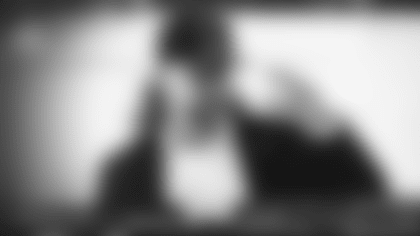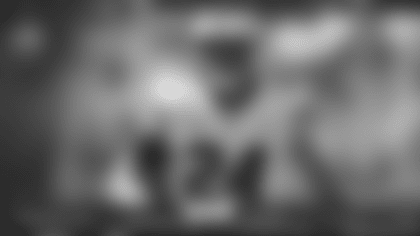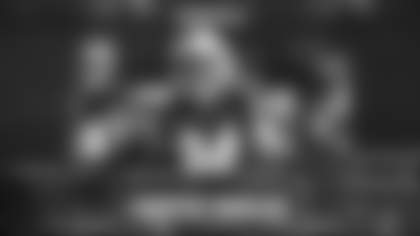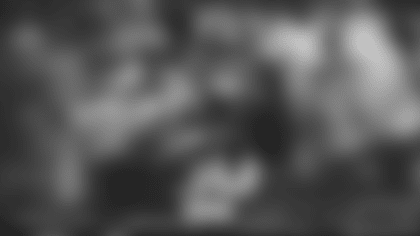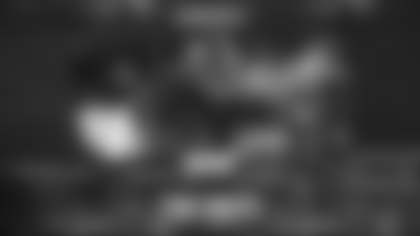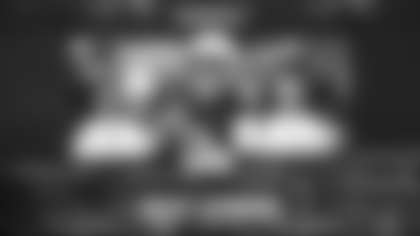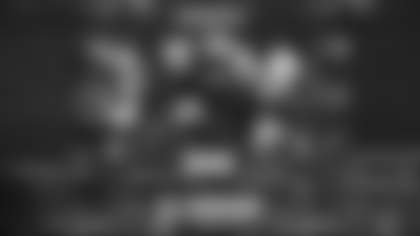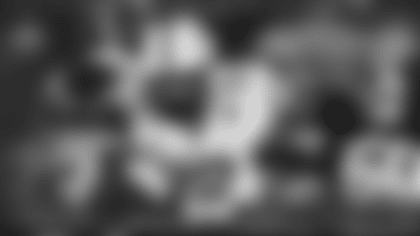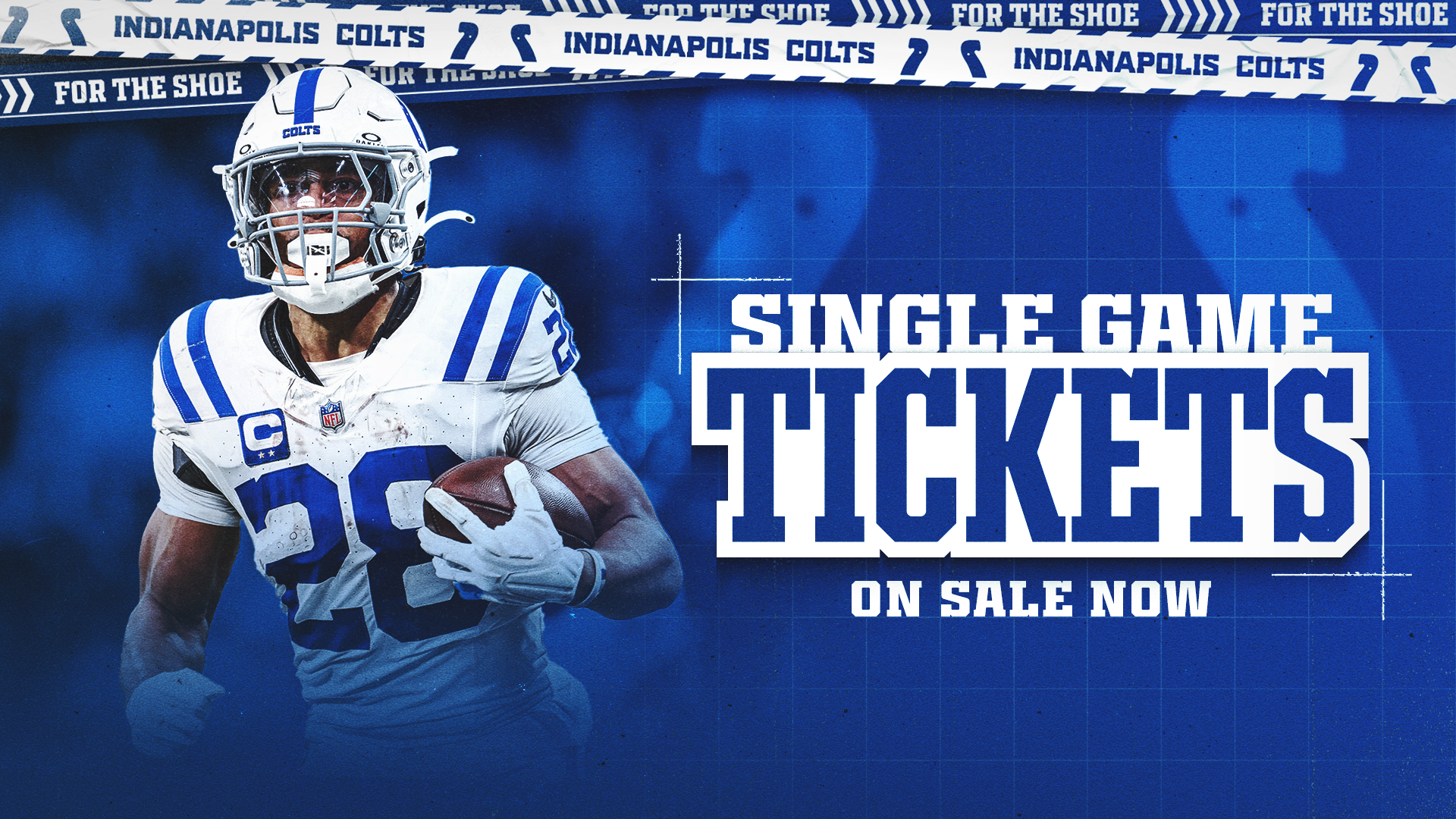[
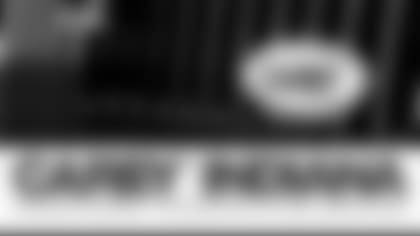
](http://www.careyindiana.com)
INDIANAPOLIS – In 2012, the Colts employed a hybrid 3-4 defense under Chuck Pagano, but he was not the first Indianapolis head coach to use the base scheme.
The Colts started using the scheme in 1982 under Frank Kush and remained in it through 1993 under the tenures of Rod Dowhower, Ron Meyer and Ted Marchibroda.
The first true outside linebacker drafted in the club's local era became its most prominent one to this day – Duane Bickett.
Bickett, 6-5, 251, manned the right outside slot for his first eight seasons, never starting fewer than 12 games. He brought an athletic presence to a defense that helped win the AFC East in his third year.
"Duane was a tremendous football player, one of the most intense guys I've ever coached," said Rick Venturi, who tutored Bickett in Indianapolis. "He was a terrific athlete. Duane didn't have a great 40(-yard) time but when you look at his combine results, he had one of the fastest short-shuttle times of any player.
"That influenced me in later years after seeing that. After that, I put great emphasis on great short-shuttle times because it would kind of define that quickness that linebackers need."
Indianapolis built a defense that would help win a division title in 1987, and Bickett settled into his role easily.
"Bickett was tough, linear and had long arms," said Venturi. "He had played basketball and his coverage skills were with the best of them. It's kind of like he was many, many years ahead of his time. In those days, we were playing the 3-4, and it has become popular again.
"Duane was the right outside linebacker. He was big like the hybrids of today, but he was a true linebacker. He could use his hands very well. With all the guys I've coached through the years, he could handle a tight end better than anyone I've seen. He did well particularly on the right side. He was naturally left-handed, and he could get his left hand in on players. He could just dominate a tight end. You never worried about an edge play coming to your right side, absolutely never. You knew Bickett was going to destroy the tight end."
Bickett came to Indianapolis with a business accounting degree from USC, and his intensity level matched his intellect and talent.
"He would get so intense for games that there were times I would have to settle him down," said Venturi. "He could do it all really. Duane could rush the passer from the outside and play the run. Even though he wasn't really fast, he was fluid. He was hard to move with his long arms. He was big and for a tall guy, he could bend and shock you with leverage. Duane played with great leverage."
Bickett was joined by other prominent linebackers who helped Indianapolis move from 3-13 in 1986 to 9-6 the following year.
"Duane, Johnie Cooks, Barry Krauss and Cliff Odom in 1987 formed the most under-rated linebacker corps in the NFL," said Venturi. "All the attention went to the New York Giants with Lawrence Taylor, Carl Banks and Harry Carson. They deserved it but if not for them, our guys would have been bigger than they were.
"Duane was a prime player on that 1987 team. I think that was one of the best defenses in Colts history. That team helped bring us back from many tough years. The linebackers played a big role, and Bickett was the star."
Cooks departed the Colts after 1988. Indianapolis added Chip Banks and Venturi saw his outside linebackers being somewhat of a prototype for today's game.
"When Chip Banks came in in 1989 and replaced Cooks, Chip and Duane would define what you're looking for today in those 3-4 outside linebackers," said Venturi.
Bickett made the Pro Bowl in 1987, the first Colts defensive player in a decade selected for the all-star game. He became the first Colts linebacker to make it since Mike Curtis in 1974.
Bickett started 137 career games with the Colts, amassing more than 700 tackles and earning a then franchise-best 50.0 career sacks.
"Duane made the Pro Bowl in 1987 and was the key force in the defense that led the league in fewest points allowed," said Venturi. "He was a great pro who worked and studied. He was a big, tall guy who didn't play that way. Duane could get under pads and dominate. When he got his hands on a tight end, the tight end was finished."
The Colts drafted Steve Emtman and Quentin Coryatt with the top two picks in the 1992 draft. Merging new personnel ushered in a 4-3 look in 1993. It meant Bickett moving from right to left, and it was not an easy process.
"It was a big move for Duane to the other side, the 'Sam' position," said Venturi. "Had we stayed 3-4 and he stayed on the right side, he probably would have had multiple Pro Bowl appearances. There was a regime change, and they went in a different direction. It happens all the time."
Indianapolis employed a 4-3 scheme through many memorable seasons and with talented draft picks like Marcus Washington, David Thornton and Mike Peterson. In the salary cap era, none played as many seasons as Bickett.
His sack numbers were eclipsed by Dwight Freeney and Robert Mathis, but Bickett was the type of player loved by a coach.
"As a person, you loved coming to work and dealing with Duane," said Venturi. "You knew he had the passion to play, the passion you want all your players to have.
"I thought he had a terrific career. Duane Bickett can hold his head high for the career he had. He was special."
DUANE BICKETT
1985 (First-round pick, No. 5 overall)
Played 1985-93, GAMES STARTED/PLAYED – 137/137
* *
Notes: Never played in fewer than 12 games in any season. Ranks third in franchise history with 50.0 sacks. Credited with 1,052 career tackles by coaches, one of seven Indianapolis Colts to top 700 for career and 2nd-most in local era. Was All-AFC and All-NFL choice in 1987 and made Pro Bowl. Was All-AFC in 1988.




